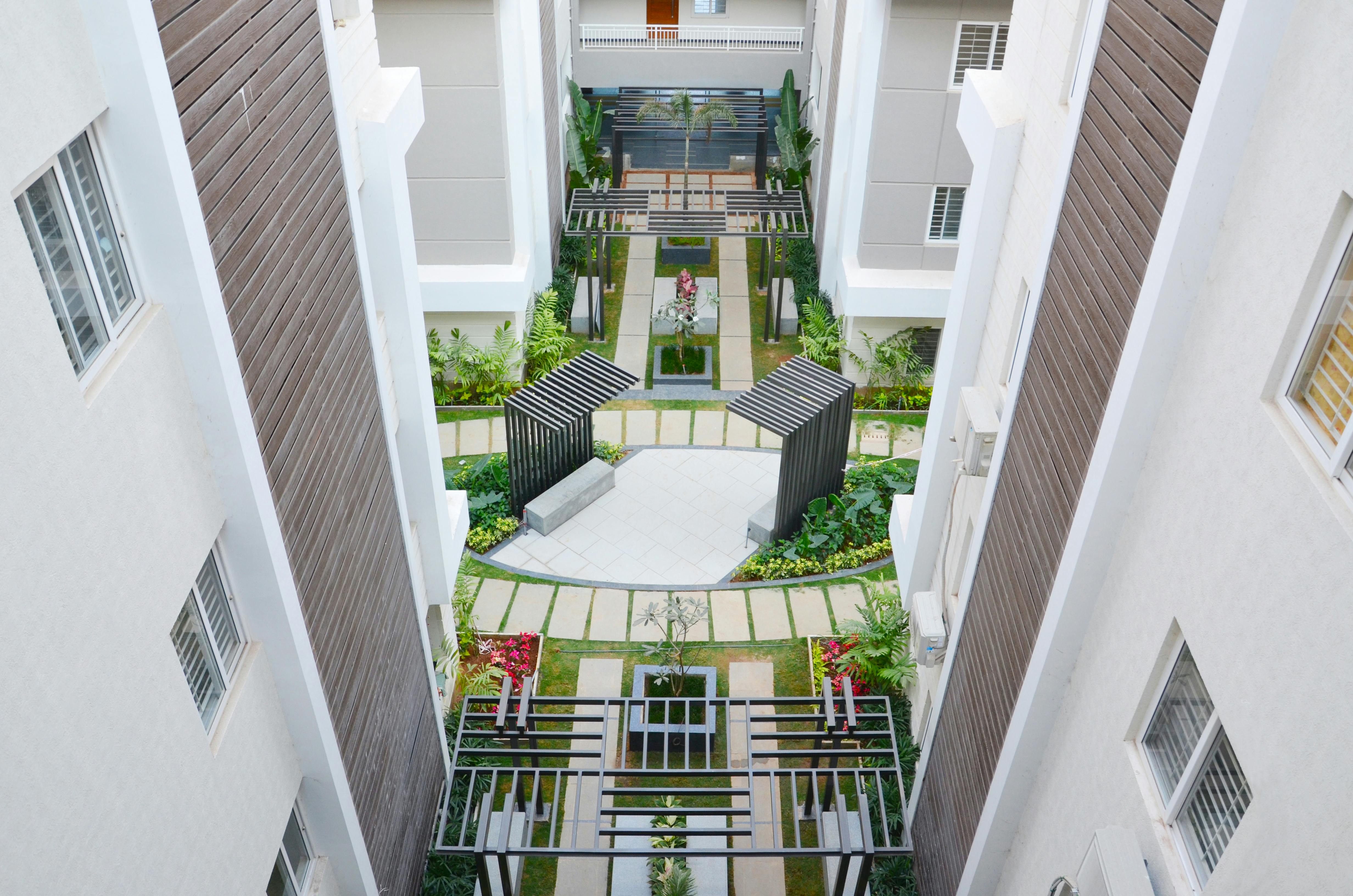
build your own gymnastics balance beam
There are several methods to make a gymnastics balance beam for home use. They can run the gamut from the most basic wooden beam to a carpeted deck. Or you can make a more elaborate balance beam padded and wrapped in faux suede. However you decide, this project isn’t too difficult and can save you money. Most of the supplies you need can be found at a local home improvement store.
First, a little history. All competitive gymnasts must perform on the balance beam apparatus. The beams used in international gymnastics competitions must meet the strict guidelines and specifications set forth by the Apparatus Standards of the International Gymnastics Federation. Originally, the surface of the balance beam was polished wood. Since the 1980s, the beams have been covered in faux suede. Today’s competition beams also have springs to accommodate the stress of high difficulty tumbling and dancing skills. This is why competing gymnasts can be very particular about the apparatus they use in the gym versus the apparatus you might do at home. Therefore, it is always a good idea to take into account the level of the gymnast when deciding to undertake this project.
The regulation length of a competition balance beam is 16 feet 5 inches. Many homeowners cannot fit an appliance of this size in the home, so they decide to build a shorter one. Many home balance beams range from 8 to 12 feet in length, however all are a standard 4-inch width. The height of the beam will depend on the place where it is used. We do not recommend using balance beams outdoors as it can be difficult to get a stable surface to prevent wobbling. Your appliance should always be used on a flat surface.
For beginners ages 3 to 6, a basic wooden beam will be a great introduction to the sport. As the gymnast grows, this same apparatus can be wrapped in a mat to provide some padding or you can choose to wrap it in faux suede to give it the realistic appearance of a standard balance beam.
MATERIALS
(6) 8-ft. lumber 1 x 6s. length (or any desired length)
(2) 20″ long wooden 2 x 4s for the legs
Wood glue (such as Elmer’s Carpenters Wood Glue)
3M spray adhesive
3″ wood screws
wood stain
industrial carpet
Suede Topper for beam carpet (option for beam carpet)
4-inch strip of adhesive loop (option for padding)
Faux suede fabric (cover option)
Iron leg clamp option
C Clamps
Sandpaper
Step 1
Glue the six 8-foot pieces of 1-by-6-inch pine lumber so that their sides are fully touching each other. This will create an 8 foot long block of wood with a side of approximately 4.5 inches.
Glue liberally between the boards and use clamps to make sure the glue sticks to the wood. Let dry overnight. Using a belt sander, go over the entire beam and sand to a smooth finish. If you stain your beam, you can use finer grade sandpaper with an orbital sander to create a smooth finish. If carpet or chamois is covering the beam, this step can be skipped.
Step 2
For a stained wooden beam. After sanding to smooth the finish, stain the beam.
To make a carpet-covered beam, you’ll use heavy-duty staples and wrap the carpet around the beam. Start by stapling the carpet to the bottom of the balance bar and tightly wrap the carpet around the bar and staple the bottom of the balance bar only. You can also use spray adhesive to further secure the carpet to the joist.
For a faux suede covered beam, you’ll want to cushion the beam first with a strip of neoprene. It can be hard to find 4-inch-wide neoprene used on professional beams, so many home beamers use yoga mats to protect the beam. You don’t want the beam to be too smooth, so minimal padding is needed. Do not staple the padding. Use glue only as the staples will cause dimples. You can also use a 4-inch-wide peel-and-stick adhesive loop to create padding. Continue to attach the chamois to the beam by applying spray adhesive to the top and sides of the balance beam. Working from the bottom of the joist, staple the Suede along the bottom. This is a 2 person project as one needs to firmly pull the Suede around the joist evenly while securing with the adhesive. Make sure your balance beam is completely dry before using it.
Step 3
For a basic beam, you will screw the (2) 20-inch 2 x 4 wood ties into each end. Place each brace at a 90 degree angle to the beam 12 inches from each end.
Alternatively, you can buy iron-made balance beam clamps that you simply screw onto the bottom of your beam. These stands come in a variety of heights and can even make your beam adjustable. It is possible to convert your basic beam to metal braces later. One advantage of metal braces is that they are tall enough to allow a mat to slide under the balance beam while the gymnast uses it.
Warning
Use homemade balance beams at your own discretion. Since your lightning bolt is not professionally manufactured equipment, it is only as strong as its craftsmanship. Use with supervision as gymnastics is a sport with an inherent risk of possible injury.